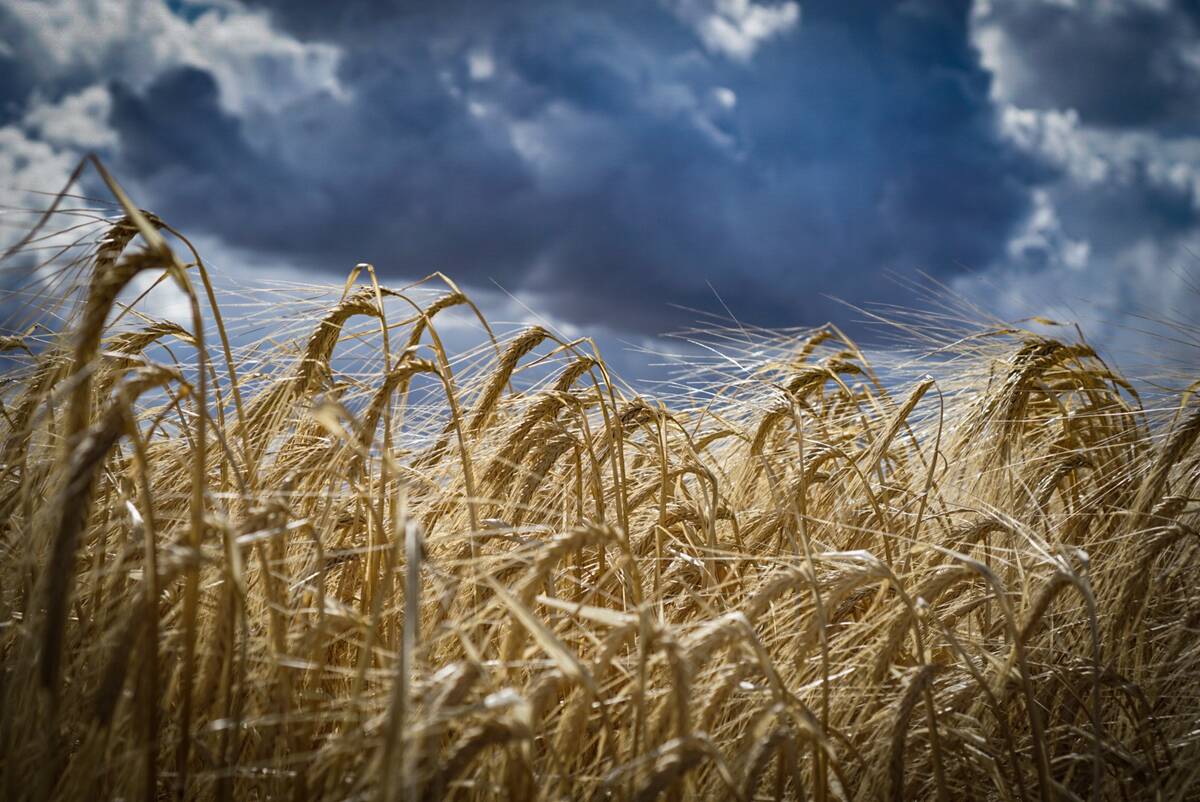Saskatchewan can produce apples as tasty as those from the Okanagan, with fewer threats from disease and insects, say growers and plant breeders.
Forrest Scharf, a plant breeder with the University of Saskatchewan, said there is tremendous potential for apple production in fresh and organic markets.
“There has been an incredible interest in apples for a couple of years,” said Scharf.
More than 20 varieties of apples are being tested on Saskatchewan fruit farms like Treasure Valley Farms at Cadillac.
Linda Metke and her husband, Maurice, have grown apples for the last 10 years as part of their irrigated fruit and market garden business.
Read Also

Malting barley exporters target Mexican market
Canada’s barley sector is setting its sights on the Mexican market to help mop up some of the lost demand from China
She believes they are as sweet and crispy as any from British Columbia and has been selling hers cheaply to give people a taste of what Saskatchewan can produce.
“The challenge is to get people to try new things,” Metke said.
“We can grow good apples here and we don’t have to use a lot of chemicals.”
She said apples require much work with pruning, erecting trellises and disposing of diseased limbs. Heat and hail can damage the fruit.
Rick Sawatzky of the university’s domestic fruit program, said Saskatchewan’s shorter growing season relative to the Okanagan is balanced by the Prairie’s long, hot summer days and ample sunshine.
Most orchards are widely separated from each other, reducing any risk of disease or pest transfer. Harsh winters make it difficult for pests to overwinter.
“Apples aren’t native so their pests aren’t native,” he said.
Both Sawatzky and Scharf said research will benefit from the addition of controlled atmosphere storage facilities at the university. That would maintain apples in a freshly harvested state and allow more analysis of the fruit.
Sawatzky said more research also needs to be done on dwarf root stock, production methods, varieties and grafting techniques.
Apples remain risky for prairie growers, but one that could pay off with export and organic markets one day.
“No one can earn a living entirely by doing this, but there’s a good chance of it down the road,” Sawatzky said.
Field tests on selections like 1832 and Prairie Sun have produced mixed results due to grasshoppers, early season tree breaks and “bad luck.”
While irrigation reduces stress in the trees, Metke said the variable prairie weather remains a good test.
“If they can survive here, they can survive anywhere,” she said.














